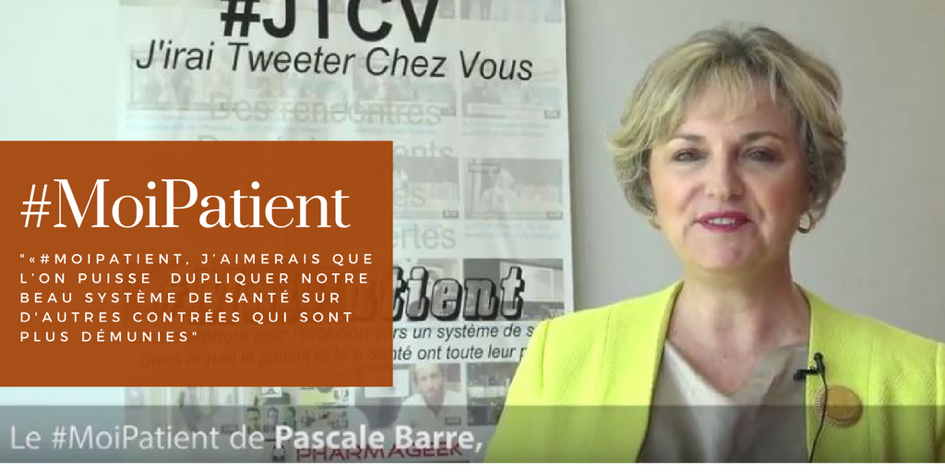Telemedicine for elderly in Spain offers look at future of healthcare
17/11/201310 Totally True Mustache Facts to Motivate You During Movember
17/11/2013Segmentation of Mobile Health by @motorcycle_guy
One of the challenges with mHealth is the variety of solutions which can be described as « mobile health ». And every industry that wants to be buzzword compliant is of course, demanding that its own sector be included in the definition of mHealth.
I see three different market segments in the mHealth space, and various mHealth solutions can fit into each of these segments:
- Mobile Sensing
- Mobile Access
- Mobile Computing
- Mobile Technology (e.g., Diagnostics/Therapeutic tech)
- Mobile Communication
Mobile sensing involves the ability of a disconnected sensor to gather and report on information about a patient, and periodically transfer it to another device. Transfers could be as complex as WiFi and ZigBee, or as simple as a USB Stick or SD Memory card (e.g., C-PAP or Glucose Monitor).
Mobile access is the flip-side of sensing. It allows the component through which data is displayed, played back or otherwise provided to be mobile. Chromecast is one example of this kind of technology.
Mobile computing is simply the application of computing power we used to require a room to fill to something that now fits into your pocket or a briefcase.
That same application of technology improvement applied to provide mobile computing can also be applied to diagnostic or therapeutic or other equipment, so that now an ultra-sound device can fit into your hand, or that tests require complex laboratory equipment can now be done on a piece of paper and be made highly portable (at least in comparison to traditional methods), or that other therapeutic treatment can be made more accessible.
Finally, mobile communications is really the elimination of wires, and can involve personal, local, or wide-area networking that is accessed by mobile equipment. Interestingly enough, most mobile communications involves a great deal of infrastructure that is NOT mobile at all. It just lets other equipment be mobile.
Google glass is an example of a device that can be used in the mHealth space to support mobile sensing, display/playback (access), computing and communication. A 2G cell-phone realistically supports mobile access and communication. A smart-phone (even one using 2G technology) can also support mobile computing.
more at http://motorcycleguy.blogspot.in/2013/11/segmenting-mobile-health.html
See on motorcycleguy.blogspot.in




